By Camilla McLaughlin
Overshadowing demographic and social dynamics already in play in the market, COVID-19 continues to be the great disrupter, changing expectations and imparting a new perspective on our homes. “Over the last few years, we’ve collectively undergone significant stress and uncertainty. Many people are looking to regain a sense of control, stability, and comfort, looking to their homes for support and security,” says Sarah Barnard, a leading wellness designer, who was recognized as a One to Watch Scholar by the American Society of Interior Designers (ASID) in 2017. “As we plan interiors for the post-pandemic landscape, the most innovative and enduring designs will be those that maximize the relationship between aesthetics, function and wellbeing to help people feel, do and be their best,” says Mary Cook, president and founder of Mary Cook Associates, a national, award-winning commercial interior design firm.
What’s Ahead?
Expect to see a continued emphasis on wellness. Sustainability is becoming important to consumers, and new expressions of luxury emerge as younger demographics begin to influence the industry, according to ASID’s 2022 Trends Report. This annual report takes a deep dive into fundamental shifts in the U.S. population, attitudes regarding house and home, lifestyles, ways of working, new technologies, and how a continued wave of disrupters is transforming consumer expectations. According to ASID CEO Gary Wheeler, the objective is to give designers a comprehensive perspective on the year ahead and outline strategies to elevate their practices.
How Many Will Un-Retire?
Even before the pandemic, the population was shifting toward the South and West, and interest in those regions and in coastal areas continues to be strong. The most significant demographic change, per the outlook, is the number of people living alone, approximately 28% of all households. Even more dramatic is the rise in the number of multigenerational households (271% between 2011 and 2021), which ASID says calls for a new set of design strategies.
In the last two years, many over the age of 55 shelved plans to continue working; approximately half are now retired. But ASID notes that many were not financially prepared, and “it’s not yet clear how many may decide to un-retire.”
Relationships over Seclusion
During the pandemic, the flight from the city and demand for small-town living became major news. But the second half of 2021 showed a growing interest in a return to urban centers, with permit requests for building in high-density areas increasing year over year to 21.1% for large core metros and 30.8% for exurbs. Reversing previous preferences to relocate closer to one’s work, ASID says many recent buyers and sellers are driven by the desire to be close to family and friends.
For designers, this change means homeowners will want more space for socializing and entertaining as post-pandemic attitudes favor relationships over seclusion. The square footage of single-family homes inched up, while multifamily residences became smaller. ASID says, “Clients with single-family homes will need assistance integrating spaces for multiple activities, such as work, learning, fitness, and entertaining, while those in multifamily units will need assistance making the most of small spaces.”
What Do We Want? Calm.
In a word, calm. In a survey of adults across 116 countries, approximately 72% said they would rather live a calm life than an exciting life. In another study, the number of adult Americans rating their own mental health as excellent hit a 21-year low. “More than ever, people need environments that help alleviate stress and restore their sense of wellbeing,” advises ASID. “While great design isn’t a cure-all, we know high-performing spaces can be very powerful in their ability to excite and energize, motivate and inspire, or even soothe and relax,” shares Cook.
“Clean, well-organized spaces can evoke a sense of calm in the home. This does not mean it has to be a minimal, spartan space, but it should be free of clutter while still bringing in beautiful design elements. You can achieve this through soft neutral palettes. If you like color, you can use the same color throughout in different tones. Soft, ambient lighting is important rather than stark bright white lights,” suggests Miami designer Juliette Calaf.
“Beyond the direct effects of COVID-19, the pandemic has taken a toll on both physical and mental health, from aches and pains caused by long hours at makeshift home workstations to the emotional stresses of isolation, uncertainty and worry around current affairs,” said Cook.
Be Well
Residential wellness is a top priority for homeowners, with a focus on indoor air quality, mental wellness enhancements, home office ergonomics and fitness, according to ASID. Also on the rise is wellness real estate, which is outpacing other types of construction. When the pandemic began, a desire for healthier homes was already percolating among consumers. Wellness was becoming a hot topic. Then COVID altered these perceptions and expectations. “The overabundance of wellness culture in the past few years has given the term an air of frivolity. However, more recently, there’s been a return towards the truest sense of the word and a search for genuine and profound physical and emotional health and wellbeing,” says Barnard, who is certified to design to both WELL and LEED standards. “When people are talking about wellness in their home spaces, they now often prioritize meeting basic needs and the reduction of stressors through comfort and utility,” she says. For example, something as simple as adding seat cushions to an uncomfortable dining chair repurposed for work or homework can reduce stress. “We see people prioritize ease, joy, and comfort, which is crucial for a happy, healthy relationship with home.”
“At the core of all well design is functionality. No matter how peaceful or beautiful the home space looks, if it isn’t intuitive to the residents’ lifestyles, there will always be moments of tension when interacting with the home. Ergonomic furnishings, accessible switches, outlets, and furnishings at heights comfortable for the user can support happy living. Once those foundations are in place, the benefits are elevated through nature, joy, and art,” Bernard explains.
Integrating Nature
“I often prioritize nature by tying the interior space to the exterior, whether by highlighting existing natural views, incorporating organic materials, colors, prints, and patterns that all speak to the neighboring nature, to help create feelings of calm and grounding,” she adds.
“The pandemic accelerated what was already a fast-moving trend,” says ASID, noting growing desires to connect indoors and outdoors. “Spa-like bathrooms have been popular for years. I think we’re seeing even more of an upward trend toward actually having a connection between the indoor and outdoor space, especially in a master bathroom. Large panes of glass in the shower that feel like you’re outside, or even a door directly connected to a secluded patio area,” says Beverly Hills designer Christopher Grubb, president, Arch-Interiors Design Group.
ASID expects to see more attention paid to wellness in commercial design, particularly in offices and hotels. They also project wellness tourism to generate $436 billion in 2022. “Destinations include spas, thermal springs, and “medical tourism” to partake in any number of treatments and therapies.
New Sustainability Mindset
Sustainability is also emerging as a concern and a priority. More than 50% of consumers say they are willing to change their purchasing behavior to reduce negative environmental impact. And 44% indicate they are willing to drastically change their lifestyles to live in a more sustainable way. “Sustainability has gone from being treated as a status symbol to something that homeowners and homebuyers expect from builders and product manufacturers,” ASID observes.
Luxury Now
Sales of luxury goods were up 29 percent in 2021 over 2020 and are expected to grow by 6 to 8 percent over the next four years. However, ASID says, “younger affluent consumers, who are projected to comprise 70 percent of the market by 2025, are not bound by loyalty to traditional brands and place greater importance on products and companies that are socially and environmentally conscious and sustainable.” What will be most interesting is how all of this develops and how much will change for trends in 2023.


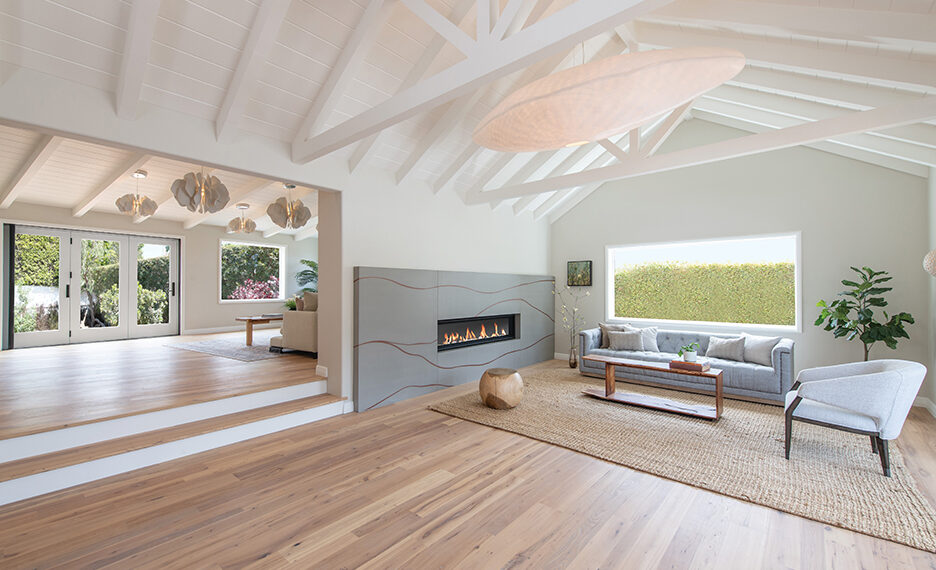
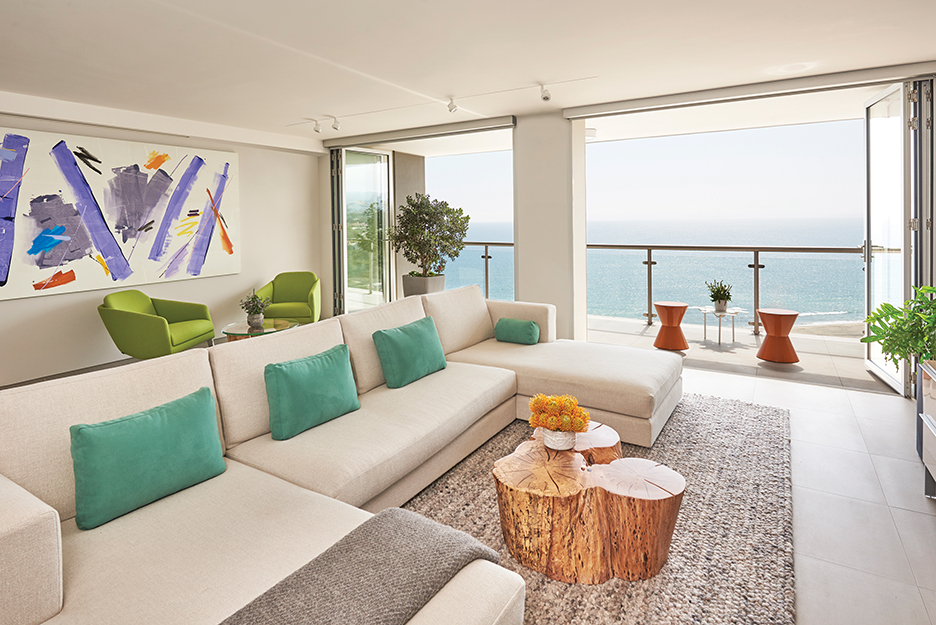
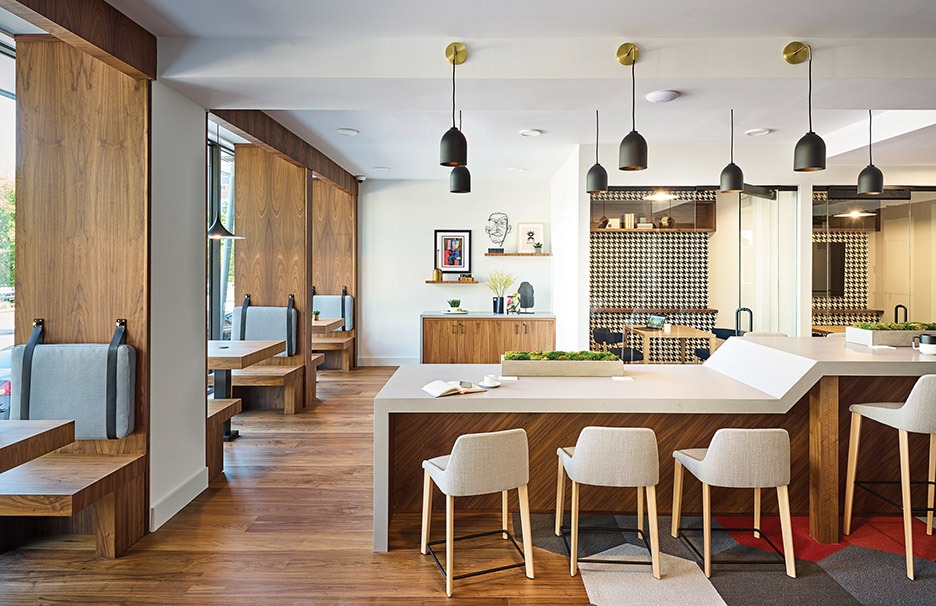
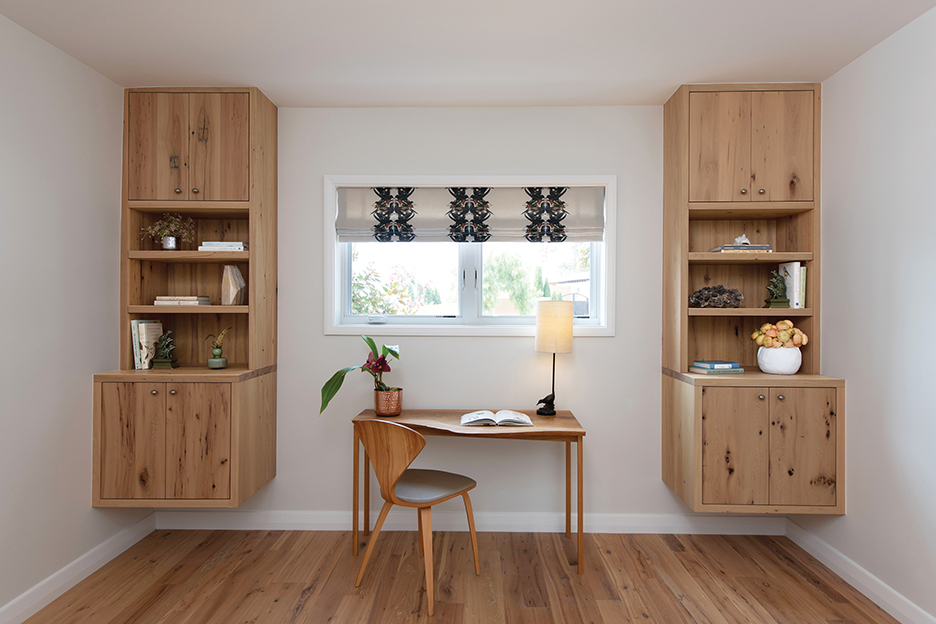
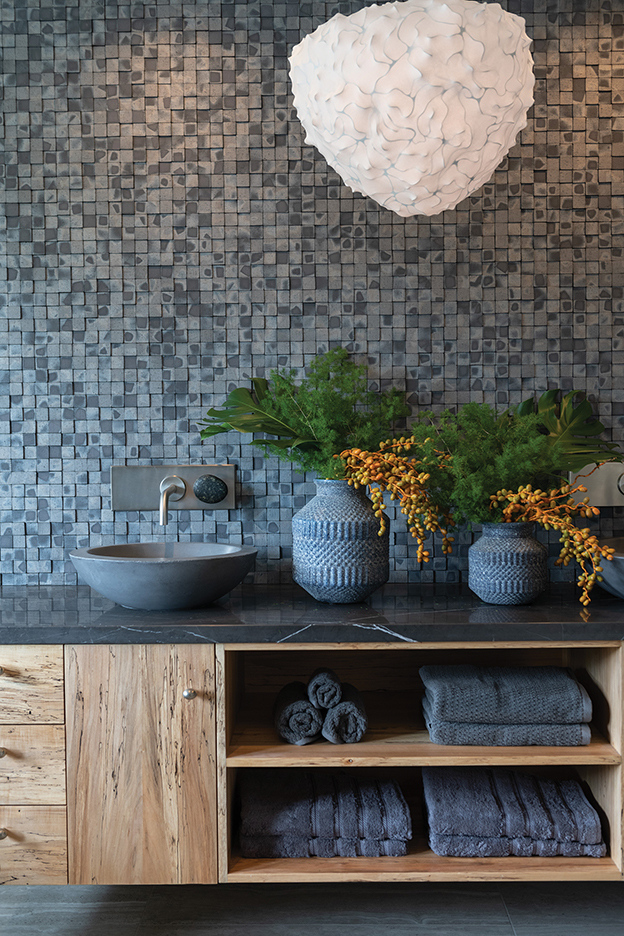
Leave a Reply